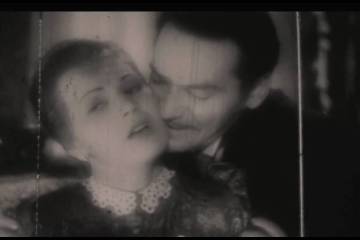The story of The Beatles often centers on their legendary talent, iconic performances, and revolutionary impact on the music industry. Yet, behind the unforgettable melodies and groundbreaking albums, there was a man whose influence helped turn their raw creativity into timeless masterpieces. His understanding of music extended beyond composing or performing; he possessed a rare ability to recognize potential and transform it into something extraordinary.
From the very first moments, he realized that this group from Liverpool was something the industry had never encountered. Their harmonies were novel, their songwriting was bold, and their vigor was palpable. However, natural talent on its own is not enough to ensure success. It requires an individual who understands how to polish, direct, and enhance ideas to their highest potential. That individual became the designer of their sound—the person who turned engaging melodies into cultural landmarks.
He arrived equipped with extensive experience and a keen sense of what would appeal to listeners. His methodology merged technical accuracy with artistic liberty, enabling The Beatles to innovate while retaining a mainstream allure that catapulted them to the peak of the charts. The collaboration transcended mere music production; it was about creating an identity that would shape an era.
Every decision in the studio, from the orchestral arrangements to the innovative recording techniques, carried his signature touch. He was a master at recognizing when to take risks, often introducing elements that seemed unconventional at the time but later became hallmarks of their sound. Tracks that pushed boundaries, such as those incorporating classical instruments or layered harmonies, reflected his willingness to merge genres and challenge norms.
As The Beatles evolved, so did his role. He encouraged their curiosity, supporting their desire to experiment with new instruments, effects, and styles. His influence extended beyond music; he understood storytelling, emotion, and the importance of creating an experience for listeners. Each album was more than a collection of songs—it was a journey, meticulously curated to captivate audiences from start to finish.
Behind every iconic hit was a shared vision between the band and their trusted collaborator. He did not simply follow trends; he helped set them. His insight into what made a song truly memorable allowed The Beatles to dominate charts worldwide. While their charisma and talent were undeniable, his guidance turned their aspirations into reality.
Even decades later, the work produced under his direction continues to inspire musicians and producers across genres. The techniques pioneered during those years have become industry standards, influencing how music is recorded, arranged, and experienced. His legacy is woven into the fabric of popular music, proving that innovation often comes from collaboration between visionaries.
The story of The Beatles cannot be told without acknowledging the man who helped shape their sound. He understood that success was not just about having a hit song, but about creating music that would endure for generations. His ability to blend artistry with technical mastery made all the difference, turning four talented young men into the most influential band the world has ever known.
Ultimately, while his name might not be as widely known as John, Paul, George, or Ringo, his influence can be found in every tune, every melody, and every daring innovation that characterized their time. His contributions remind us that behind each remarkable artist is someone who believes in their promise—and understands how to make it stand out.




